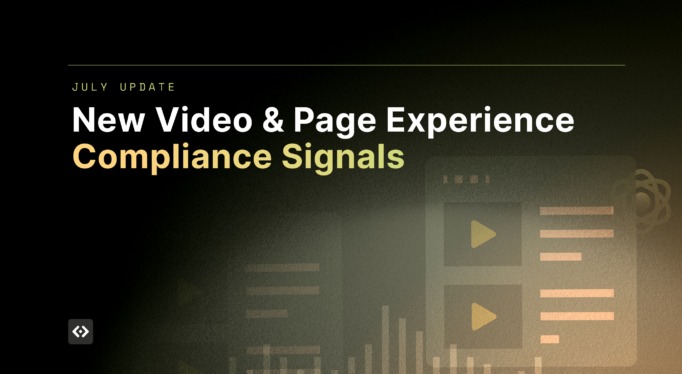
deepsee.io has always been most interested in the nebulous space that exists in digital advertising where valid “human” traffic meets “invalid,” or otherwise wasteful traffic. Our very existence is predicated on the notion that existing, tag-based, IVT solutions are not well suited to provide their end-users with an understanding of quality. Publisher quality is not simply the absence of bot traffic, or other IVT signals, it’s actually grounded in the choices publishers make when designing, writing, and subsequently bringing users to their web property.
Unsurprisingly, focusing on these under-researched aspects of programmatic ad-inventory led us to become experts in what’s recently been called “Made-For-Advertising” (MFA) inventory. Even before partnering with the ANA on their landmark 2023 Programmatic Supply Chain Transparency study, and working with them to formalize the criteria which are widely cited today (https://www.aaaa.org/leading-trade-groups-define-made-for-advertising-websites/), we had been compiling a list of sites who met the plainest definition of “Made-For-Advertising” possible: sites that are clearly built to claim as many ad-dollars as possible, without providing unique content or a good user experience.
When considering thousands of different sites which had been flagged over many months, and through participation in working groups with Jounce, the 4As, and the ANA, we collectively found the following commonalities among “Made-For-Advertising” sites:
- High ad-to-content ratio
- Rapidly refreshing ad placements
- High percentage of paid traffic sourcing
- Generic content (non-editorial or templated, low-quality content)
- Usually poorly designed, templated website designs
Sites on our original MFA list met at least 2 of these criteria, and almost all had majority paid traffic, and could be more simply called “Arbitrage.”
When the criteria were publicly released, there was much discussion about the vagueness of the criteria, and confusion in how one could effectively construct a model, or grading rubric, to flag MFA sites using these signals. Indeed, frustration over this vagueness lead to some notable cases where premium publishers were flagged by (non-DeepSee) automated labeling systems simply based on the presence of high ad-density. Open industry discussions ultimately lead towards a consensus that MFA should stand for “Made-For-Arbitrage,” essentially making a “high percentage of paid traffic sourcing” a minimum requirement for anything to be flagged for MFA.
Having that minimum requirement is helpful, even though we feel it excludes a lot of what these criteria could cover, and which we know buyers want to flag when they think about sites that would fail the “screenshot” test (or otherwise seem like blatant cash-grabs). As a data-provider, our goal is to meet the needs of the industry first, and towards that end, we have broken down our existing MFA list into 3 distinct categories: Arbitrage, Ad Clutter, and Template Site.
Each category is built around the initial 5 criteria developed in concert with advertiser trade groups, and each now has a concrete minimum requirement:
- High ad-to-content ratio
- This is a minimum requirement for flagging: Ad Clutter
- This is usually also indicative of: Arbitrage
- Rapidly refreshing ad placements
- This is usually indicative of: Ad Clutter, and Arbitrage
- High percentage of paid traffic sourcing
- This is a minimum requirement for flagging: Arbitrage
- Generic content (non-editorial or templated, low-quality content)
- This is a minimum requirement for flagging: Template Site
- Poorly designed, templated website designs
- This is a minimum requirement for flagging: Template Site
Our most recent feature push is firmly grounded in automating our ability to flag the Template Site criteria. Template sites are certainly the largest growing segment of what is now titled our Arbitrage, Clutter, and Template Site (ACT) list. Existing subscribers to our MFA list will continue to get all these domains, with the addition of these classifications as a new column.
If you’d like a rubric to reference, take the following image:









